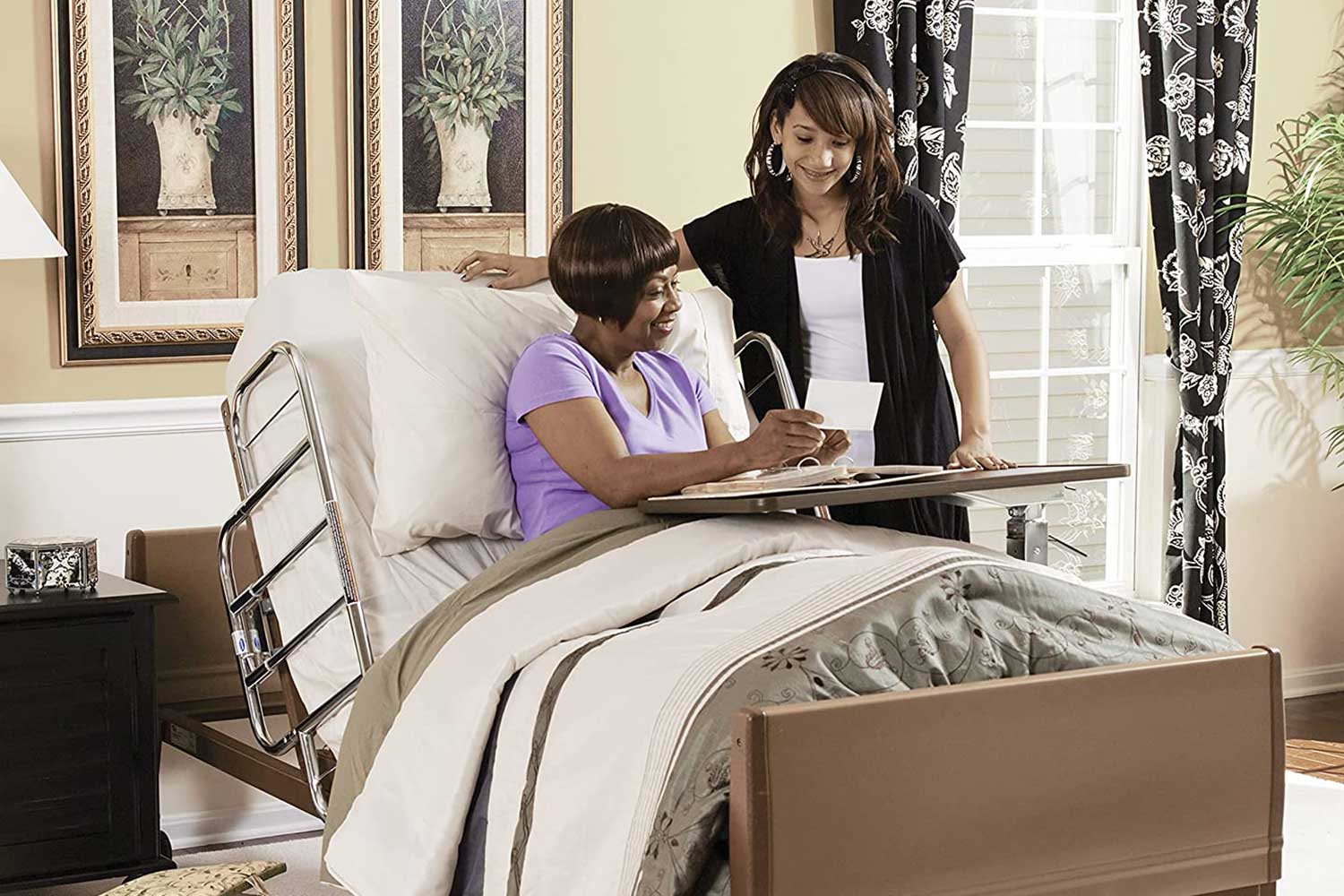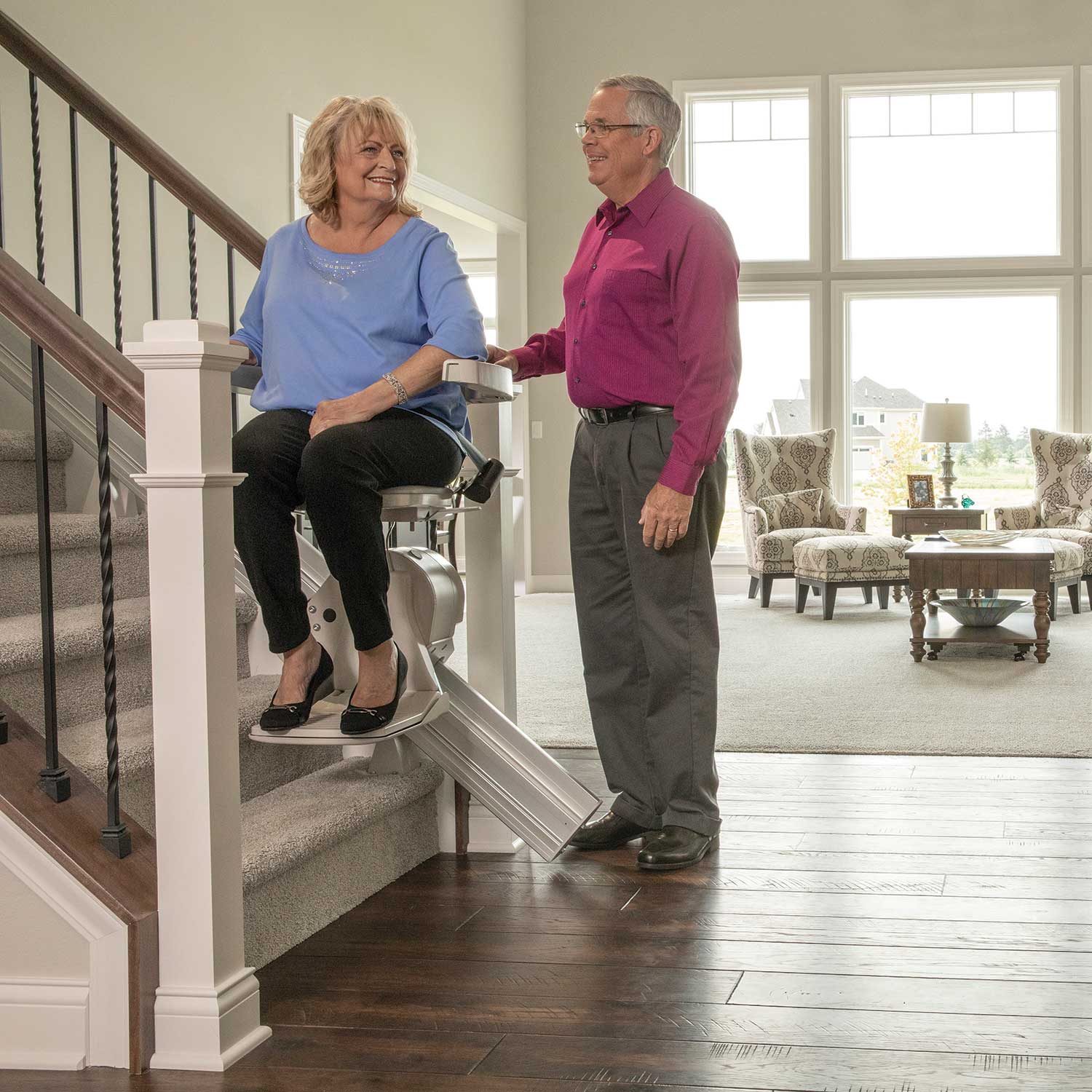As we grow older or face mobility challenges, the simple act of moving from one…

Creating a Safe and Accessible Home Environment
Creating a Safe and Accessible Home Environment
Introduction
As we age or face physical challenges, maintaining a safe and accessible home environment becomes increasingly important. A well-designed living space can significantly improve our quality of life, independence, and overall well-being. In this blog post, we’ll explore practical tips and strategies to create a home that caters to your unique needs and preferences.
Assessing Your Needs
The first step in creating a safe and accessible home is to assess your specific needs. Consider factors such as:
Mobility: Do you use a wheelchair, walker, or other assistive devices?
Vision: Do you have any visual impairments that require accommodations?
Dexterity: Do you have difficulty with fine motor skills or grip strength?
Cognitive abilities: Do you need to simplify your living environment for ease of use?
By understanding your unique needs, you can tailor your home modifications to ensure maximum comfort and safety.
Entryways and Pathways
Ensuring easy access to your home and navigating through it are crucial. Consider the following:
Install ramps or lifts at the main entrance to accommodate wheelchairs or mobility aids.
Widen doorways and hallways to allow for easy maneuvering.
Eliminate thresholds or use low-profile transitions to prevent tripping hazards.
Ensure well-lit pathways with motion-activated lighting or contrasting colors to aid visibility.
Bathroom Modifications
The bathroom is a common area that requires special attention. Implement these changes:
Install grab bars near the toilet, shower, and tub to provide stability and support.
Consider a walk-in shower or curbless entry to eliminate the need to step over a high threshold.
Adjust the height of the vanity and toilet to accommodate your needs.
Incorporate non-slip flooring and ensure adequate lighting for safety.
Kitchen Adaptations
The kitchen is another essential space that should be tailored to your abilities. Implement these modifications:
Adjust the height of countertops, cabinets, and appliances to ensure easy reach and accessibility.
Install pull-out shelves and lazy susans to make items more accessible.
Use contrasting colors and textures to help distinguish different surfaces and features.
Incorporate task lighting and lever-style faucets for improved usability.
Smart Home Technology
Advancements in smart home technology can greatly enhance the safety and accessibility of your living environment. Consider integrating the following:
Voice-controlled assistants to manage lighting, temperature, and other home functions.
Motion-activated sensors to detect falls or unusual activity and alert caregivers.
Automated door locks, security systems, and emergency response features.
Conclusion
Creating a safe and accessible home environment is a crucial step in maintaining independence and improving quality of life. By assessing your needs, implementing strategic modifications, and leveraging smart home technology, you can transform your living space into a sanctuary that caters to your unique requirements. Remember, your home should be a place of comfort, security, and empowerment, where you can thrive and live life to the fullest.


